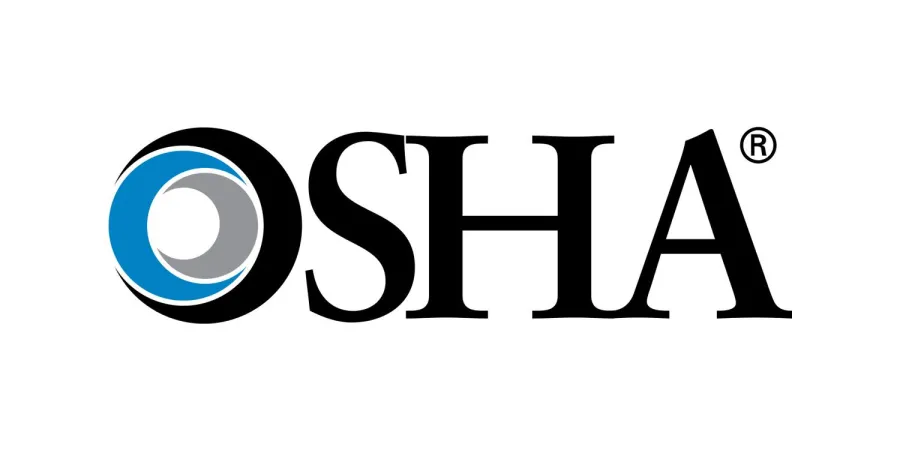OSHA proposal would increase protection for emergency responders

The Occupational Safety and Health Administration (OSHA) estimates that 1,054,611 people are exposed to workplace hazards each year when they are conducting emergency response activities.
Emergencies, both human-made and natural disasters, have been increasing in both number and severity. Regulations have not kept up.
OSHA reviewed fatalities and injuries due to emergency response work and, in their own words, “existing safety and health standards do not adequately protect the emergency response workforce…”.
To address this urgent need, OSHA proposed an Emergency Response Standard (ERS). When enacted, it will replace the current Fire Brigades standard, 29 CFR 1910.156.
This new standard proposes to broaden coverage to two categories of emergency responders:
- Workplace Emergency Response Employees (WEREs)
- Emergency Services Organizations (ESOs)
This standard would apply to approximately one million workers. While OSHA only covers private sector and federal employees, those states with their own OSHA programs (called “state plan” states) sometimes cover volunteers such as volunteer firefighters. In those states, volunteers are treated like employees. OSHA estimates that approximately 300,000 volunteer responders would be covered by this rule.
Specific workers covered under this proposal include:
- Firefighters employed at private employer facilities (full-time firefighters at oil and gas facilities).
- Privately employed Emergency Medical Services (EMS) personnel.
- Privately employed technical rescue workers.
- State and local government first responders in state plan states.
- Federal firefighters and emergency responders (law enforcement agencies are not covered by the proposed rule).
- Employees trained to provide emergency response (EMS, fire or rescue services) as a secondary responsibility. This includes facility emergency teams if they are called upon to provide care beyond the limits of first aid.
The United Steelworkers (USW) represents many workers in each of these categories.
OSHA is proposing incorporating provisions of the National Fire Protection Association (NFPA) and American National Standards Institute (ANSI/ISEA) standards. These changes will bring OSHA’s standard into alignment with the Federal Emergency Management Agency (FEMA)’s National Response Framework and the National Incident Management System. Specific requirements in the proposal include:
- ESOs will develop response plans based on community risk assessments. They will need to identify resources and strategies for a variety of emergency incidents.
- ESOs will be required to include employee representatives in the assessments and plans.
The following proposals apply to both ESOs and WEREs:
- Development of a written emergency response program, including employee representatives’ participation
- Medical evaluation and physical requirements
- Access to behavioral health resources
- Guidelines for staffing levels (not required minimum staffing levels)
- Training requirements addressing skills and knowledge needed
- Facility preparedness
- Guidelines for vehicle inspection and maintenance
- [Personal Protective Equipment] (PPE) requirements
- Pre-incident planning
- Development of incident management system
- Emergency incident protocols
- After action reviews, including employee representatives’ participation
- Program evaluation
This proposal is facing opposition from some employers, who argue that OSHA is overreaching its authority and from some volunteer fire services, who have expressed concern that these new regulations are both expensive and could create obstacles to recruiting volunteers.
OSHA is currently soliciting comments on the proposal until July 22, 2024. At the close of the comment period, OSHA will schedule a virtual public hearing to allow additional input. The date for that hearing is to be determined.
***
Sources reviewed
OSHA logo courtesy of OSHA.gov.